Shifting agriculture is farming in which farmers cut trees and clear land for cultivation. Shifting cultivation, also known as Swidden agriculture, refers to a rotational farming technique in which land is cleared for cultivation and regenerated after a few years. Governments worldwide have long sought to end intensive agriculture, often derisively referred to as ‘slash and burn,’ due to the mistaken belief that it drives deforestation. It is known as Onam in Kerala, Jhoom in Assam, Podu in Andhra Pradesh, and Odisha. It is known as Bewar in Madhya Pradesh.
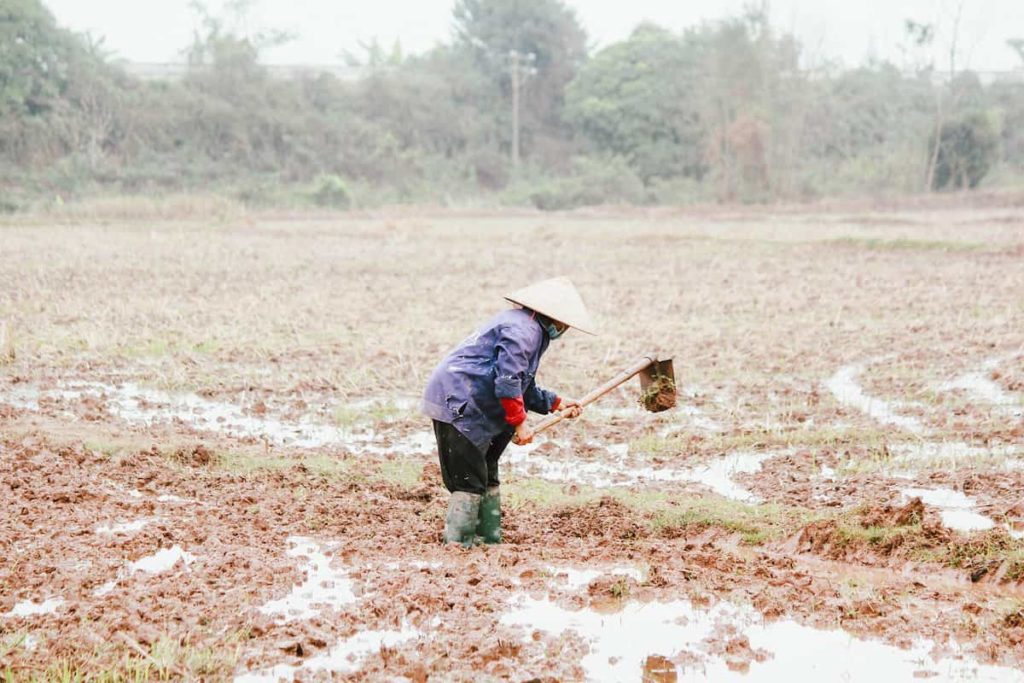
What is shifting agriculture
What is shifting agriculture and its characteristics?
It is a farming method followed in the humid tropics of Southeast Asia, sub-Saharan Africa, and South America. In the shifting agriculture in India, farmers used to cut and burn native plants. Then they sow crops for 2 or 3 successive seasons in the ash-rich and loosened soil. Shifting cultivation is a scientific system that tries to improve the fertility of cultivated land through afforestation. This fertility is released in a single flush through slash and burn. Consequently, steep slopes and heavy rainfall wash nutrients away very quickly.
So the farmer grows a large variety of crops — sometimes as many as 30-35 crops through a diversified cropping system to make optimal use of nutrients while also ensuring that protein, grain, and fiber needs are met. Shifting agriculture is called slash-and-burn agriculture because small plots of natural vegetation are usually cleared by fire. The ash formed by burning natural vegetation helps to increase soil fertility.
Culturing is done with primitive tools like sticks and hoes in shifting cultivation. After 3 to 5 years of shifting cultivation, the land loses fertility, and farmers move to other places and clear another piece of land to start farming again. The farmer shifts to other parts and clears another part of the forest.
Advantages of shifting cultivation
- In this cultivation, the crop will start growing quickly, and sometimes it will be ready for harvest early. And there is no threat or fear of animals destroying crops.
- Soil bone diseases are also reduced to a great extent in this farming.
- After slash and burn, harvesting is easy.
- It is a traditional method of farming where a plot of land is cleared, burnt, and cultivated.
- It is a very simple and fast preparation method for land and agriculture.
- This type of farming is done using a very small amount of farming equipment.
- It is very useful for people living in hilly areas.
- Crops can be easily developed and harvested in a short period.
- It helps the used land regain all the nutrients naturally without any help from modern methods of soil amendment.
- The best position for shifting cultivation or hillside land is to provide a direct and rapid method of preparing the area for agriculture. There is no fear or threat of floods and animals destroying crops in this change of cultivation.
- There are mountain streams on the hills that easily supply water to the crops at regular and reasonable rates.
Key features of shifting agriculture
Shifting farming is a form of farming where farmers cultivate land temporarily for two or three seasons. Then they leave the soil and let the vegetables grow freely. After that, the farmers move to another place. They leave the site when the soil becomes fertile, or the land becomes weedy. Cultivation time is usually shorter than the time the soil is allowed to regenerate. Over a large part of North-Eastern India, the main features of shifting cultivation, while different local names are found to be the same. These are;
- Field rotation
- Use of fire to clear the land
- Keeping the land fallow for regeneration over several years
- Non-employment of draft animals
- No plows are used, but rather, very crude, and simple tools such as dibble sticks and scrapers are used, and
- All the crops grown are mixed.
- Furthermore, hunting and gathering are important sub-occupation of shifting cultivators in most parts of Northeast India.
In case you missed it: A Guide to Understanding Irrigation Management: Check How this Helps Farmers

The extent of shifting cultivation in India
According to recent estimates, 0.59% of India’s total geographical region is under shifting cultivation. The effects of shifting agriculture are devastating and far-reaching in destroying these regions’ ecology. The earlier period of 15-20 years of shifting cultivation on a specific land has now been reduced to two or three years.
It has resulted in massive deforestation, loss of soil and nutrients, and invasion by weeds and other species. Local biodiversity has been significantly affected. Current statistics show that the largest area in India is under shifting cultivation in Odisha.
The practice of shifting cultivation in India
Shifting agriculture is practiced in the hilly regions of India, including Andhra Pradesh, Sikkim, Bihar, Orissa, Madhya Pradesh, Tamil Nadu, Maharashtra, Kerala, and Karnataka. In shifting cultivation, a plot of land is cleared and cultivated for a short period. It is then abandoned and allowed to revert to natural vegetation while the farmer moves on to another plot. The cultivation period usually ends when the soil shows signs of exhaustion or, more commonly, when the field becomes weedy.
The time of field cultivation is usually shorter than the period during which the land is allowed to regenerate from fallow. Shifting agriculture has often been attacked on principle because it reduces the fertility of tropical forests. However, agricultural conversion is an adaptation to tropical soil conditions in regions where long-term, continuous cultivation of the same field without modern soil conservation techniques and fertilizers would be extremely detrimental to soil fertility.
Characteristics of shifting cultivation
- It is ecologically viable if sufficient land is restored over a long period (about 10 to 20 years).
- The need for food should not be too high.
- This system is suitable for harsh environmental conditions and fragile ecosystems of tropical regions.
- And that is why we have had only limited success in finding viable alternatives to transform agriculture in India.
- Plants are cleared by cutting and burning.
- There is little or no use of manure/use of ash.
- The land is communally owned.
- After a certain period of continuous use, the yield decreases. The land is abandoned when production declines. Both settlements and plots are temporary.
- Farming depends mainly on family labour.
- Farmers use simple tools. It is mainly for sustenance.
- Plots are small and scattered.
What type of climate is best for sifting agriculture?
Shifting cultivation is practiced in most of the world’s humid, low-latitude climate regions, where temperatures are relatively high and rainfall is abundant. Shifting cultivation is practiced by about 250 million people, mainly in the tropical rainforests of South America, Central and West Africa, and Southeast Asia. This system allows various crops to be grown in each cycle. However, the fallow periods between two crop cycles have begun to change land use patterns in many areas.
Although this farming method has been described as environmentally destructive and economically unviable, it must also be viewed holistically—where it means more than just an agricultural method to communities. Government approaches to shifting cultivation have always sought to replace it with settled agriculture.
This shift will force many farmers to decide which crops to grow and whether to migrate to a more suitable climate, dramatically altering their agricultural practices and investments or stopping crop growth altogether. Migration and crop rotation will become necessary methods of adaptation to climate change, but this will increase irrigation. It will be important to ensure that water reaches the most valuable applications.
In case you missed it: A Guide to Understand Harvesting and Yield in Agriculture/Farming/Gardening: Check How this Guide Helps Beginners
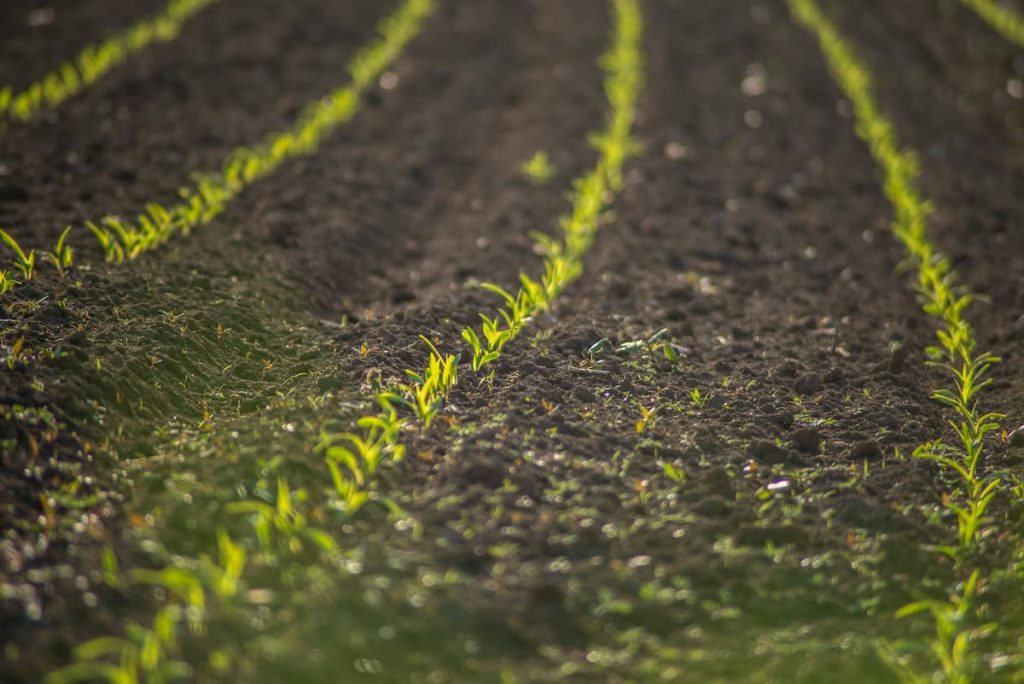
Cropping patterns in shifting agriculture
As far as cropping patterns in shifting agriculture are concerned, adopt mixed cropping. The mixture of crops varies from tribe to tribe in a region. The shifting cultivators also grow cereals, vegetables, and cash crops. The cultivator aims to grow in his shifting land whatever he needs for his family’s consumption. In other words, crop selection is based on consumption.
Among cereals, coarse varieties of rice, followed by maize, millet, and small millets, are the main crops. Cotton, Ginger, Linseed, Rapeseed, Sesame, Pineapple, and Jute are the main cash crops grown in shifting fields. Among Vegetables, Soybean, Potatoes, Pumpkin, Cucumber, Sweet Potato, Tapioca, Chili, Beans, Onion, etc., are cultivated. Tobacco is also grown. The cash crops are sold in neighboring markets or middlemen.
In mixed cropping, soil-depleting crops, such as Rice, Maize, Millet, Cotton, etc., and soil-enriching crops, such as Beans, are grown together. This practice has many direct and indirect benefits. These crops are harvested at different periods, thus providing the tribes with varied food for about six to nine months a year. The same shifting land is cultivated by the community for two or three years, after which the land is abandoned to recuperate. Occasionally, some residual crops are collected from abandoned fields.
Shifting agriculture process
- Every year farmers choose a site for planting.
- They have to remove vegetation that normally covers the ground.
- They cut most of the plants with the help of economically helpful axes.
- They then carefully burn the debris.
- Ash from rains gets mixed with the soil, which provides essential nutrients.
- The cleared areas are Swidden, Ladang, Milpa, Chena, and Kaingin.
- They cultivate the cleared land briefly, usually for three seasons or less.
- Farmers leave the old land uncultivated for 10 to 25 years.
- They will return to the land for farming after 10 to 20 years. They may look after the fruit trees on the land while leaving the site.
Firstly, farmers have to find a specific place where they want to plant, a place that is close to their village or township. Before planting, they must remove plants and trees that normally cover the ground. Farmers cut down most tall trees using axes and hoes, which usually help bring down the smaller teas. Farmers then burn the debris under carefully controlled conditions. Whenever it rains, rain falls and washes the fresh ash into the soil, providing essential nutrients—a cleared area known as a Swidden.
In case you missed it: Agriculture Farming in Australia: How to Start, Sustainable Practices, and Statistics
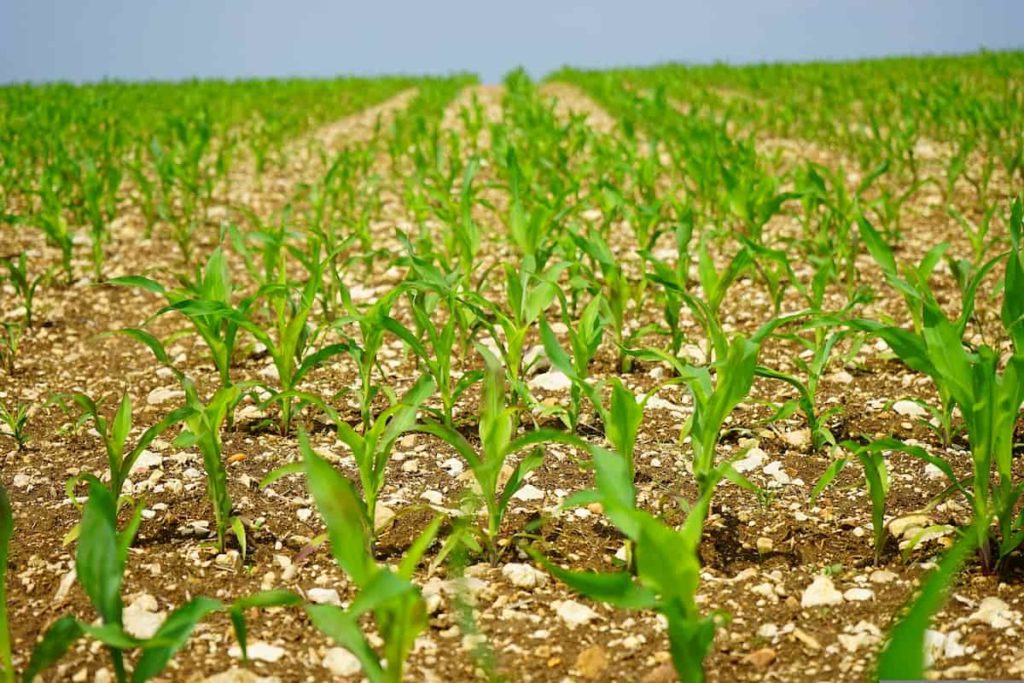
Cleared land can only support crops for three years or less. After these three years, the soil nutrients are rapidly depleted, and the land becomes too infertile to support crops. When Swidden is no longer fertile, villagers and farmers find a new place to begin clearing out. They leave the old site unharvested for several years, taking up to twenty years to return to its normal vegetative state.
Proper rotation is the key to shifting cultivation. Shifting cultivation starts before summer and is carried out in December and January. After clearing the plants, holes are dug in the ground for the sowing process. The crops grown in shifting farming can generally be harvested within a few months. The crop is harvested, and the soil is left to replenish for a short time.
Shifting cultivation involves clearing a patch followed by a few years; for example, maize and sweet potato are cultivated in the first few years of the cycle, as nutrient availability is limited. Re-cultivation is limited due to a lack of adequate nutrients in the soil. It is allowed to revert to its natural vegetation. This gradual shift to cultivation has been criticized and blamed for deforestation and environmental degradation. Clearing the land and vegetation creates a drastic change in the environment.
Crops are grown in shifting agriculture
Most families grow for subsistence purposes, just for food and living, so there can be a large variety of crops in one shift. In other cases, the crops grown by each village vary according to local customs and tastes. Major crops include upland rice in Southeast Asia, Maize (maize), Manioc (cassava) in South America, and Sorghum in Africa. Sweet Potatoes, Sugarcane, plantains, and vegetables are also grown in some areas.
These crops originated in one region of shifting cultivation and have spread to other regions in recent years. Most of the farmers who follow this method have used it for this purpose so that they can sustain their life and eat two square times of food. They grow a large variety of crops from a single field just for themselves. Crops like food crops, vegetables, paddy, pulses, millet, etc., are commonly grown. The main examples of shifting agriculture are subsistence, extensive, and arable farming.
In case you missed it: Agriculture Farming in Brazil: How To Start, Major Crops, and A Step by Step Guide for Beginners
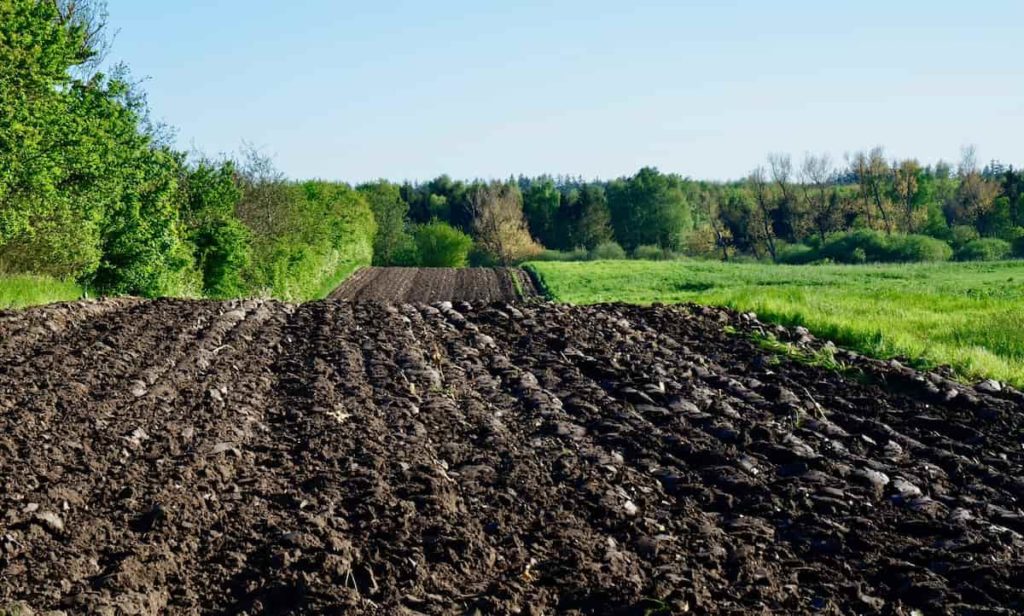
What are the factors of shifting agriculture?
Population pressure, insufficient land for cultivation, low education level, policy planning, and implementation without local participation are all factors that affect farmers’ decision to continue farming. It is an agricultural practice where a plot of land is temporarily cultivated and left to allow plants to grow freely while the farmer moves to another plot. It has contributed to both positive and negative environmental impacts.
On the positive side, this practice reduces the intensity of land use and the rate of environmental degradation. Social and institutional support is available for shifting cultivation. Several social and institutional reasons exist for the widespread practice of shifting cultivation. Government officials, provincial chiefs, and religious leaders have approved and promoted shifting farming for decades. Farmers in eastern Bhutan prefer to work in communal farming groups.
Shifting cultivation provides that opportunity. Many families who served the country in difficult times were awarded large tracts of government land in return for their service. These lands are the resources for the members of their growing families. Therefore, the land is a source of economic security for many households.
Field practices in shifting cultivation
Field practices of shifting cultivation in Bhutan are characterized by minimal external inputs and minimal alteration of the natural environment. Tools are simple and usually consist of cutting tools. There is no mechanization, draft animals, ploughs, fertilizers, irrigation facilities, or other inputs typical of more modern shifting cultivation.
Natural rainfall patterns and experience highly influence the calendar of field operations. Cultivators are experienced observers, taking full account of natural phenomena to find how, when and to what extent certain operations are to be carried out. The following practices outline the main aspects of the cultivation cycle.
Site Inspection: During November and December, landowners visit their potential sites for cultivation in the following year. If they decide to cultivate (or rent) land, they will contact other farmers interested in forming a group. Group members accompany the owner to inspect the site. The main reason for this pre-inspection is to ensure that the land is ready for cultivation. They define the boundary to enable clearing and cutting in the absence of the landowner.
Sowing, weeding, and crop protection: Sowing or seed broadcasting is done immediately after burning without soil preparation. Farmers believe that the heat of the ash helps in faster germination. Seeds are sown in cane holes or broadcast on ash. Weeding is done only once with knives and sickles.
The seeds are protected from birds until they germinate. In the case of corn, farmers watch from dawn to dusk for a month. The growing crop has to be protected from wild animals like monkeys, porcupines, parrots, and wild boars. Protection from birds and wild animals is an important source of labor in cultivation. Villagers said that the damage caused by wild animals is increasing every year.
Environmental impacts of shifting farming
Shifting farming causes forest loss, including the region’s flora and fauna, valuable species of trees, plants, shrubs, medicinal plants, and minor forest products. It has contributed to both positive and negative environmental impacts. On the positive side, this practice reduces the intensity of land use and the rate of environmental degradation. Its negative impacts include loss of soil fertility, rapid deforestation, and uncontrolled forest fires.
Positive effects on the environment: The delicate farm environment requires substantial investment and better management capacity for sustainable farming practices to increase yields. In the absence of capital and managerial capacity, which is the case with most of the small farmers in the district, any attempt to change the existing production system would be disastrous. It has reduced the rate of potential environmental degradation.
- It is a simple method of deforestation.
- Wild animals lose their shelter.
- Causes severe flooding in downstream streams.
- Siltation in tanks, dams, rivers, and reservoirs.
- The environment is disturbed and destroyed, which never recovers.
In case you missed it: A Guide to Understanding Agriculture/Farming Subsidy in India
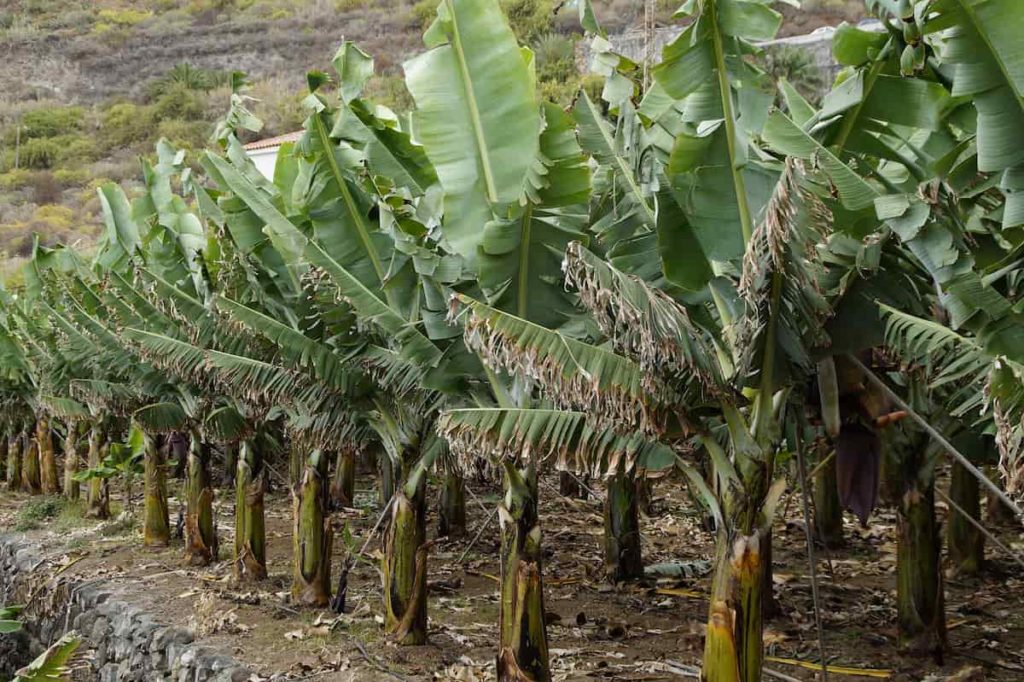
Disadvantages of shifting agriculture
Deforestation is the major disadvantage of this type of farming. It takes years to build forests, but this method destroys them daily for their livelihood. Deforestation causes severe soil erosion, flooding rivers, and low-lying areas. Due to the heavy population, the land available for shifting agriculture is decreasing. This type of cultivation increases the load on the existing land, resulting in more nutrients being lost without replenishing the soil. Large-scale deforestation also increases global warming. It is uneconomical. It leads to the loss of biodiversity.
This method is responsible for reducing the fertility of the cropland as the land is abandoned when the soil is depleted. Shifting cultivation causes a high national waste because it turns green land into barren land. It takes many years to replenish the land at the cost of providing only 2 to 3 years of production. It disturbs the ecological balance as it affects many ecosystems of the region due to the destruction of natural vegetation. Another disadvantage is that farmers have no personal ownership of land. Therefore, they do not take any initiative for soil conservation and improvement.
Conclusion
Shifting agriculture is when farmers clear land by cutting vegetation and burning forests and woodlands to create clear land for agricultural purposes. Shifting farming is an agricultural system in which a piece of land is used temporarily and then abandoned or changed after some time after the initial use.
It involves clearing a piece of land and logging or farming until the soil’s fertility is depleted. Agricultural transformation is a good example of how production systems can be adapted to ecological niches. Shifting cultivation is often referred to as a system. But if you look closely, there are wide variations depending on a community’s environmental and social conditions and cultural background.
- Types of Pesticides Used in Agriculture: A Beginner’s Guide
- Economical Aquaculture: A Guide to Low-Budget Fish Farming
- 15 Common Planting Errors That Can Doom Your Fruit Trees
- How to Make Houseplants Bushy: Effective Tips and Ideas
- Innovative Strategies for Boosting Coconut Pollination and Yield
- Pollination Strategies for Maximum Pumpkin Yield
- The Complete Guide to Chicken Fattening: Strategies for Maximum Growth
- Natural Solutions for Tulip Problems: 100% Effective Remedies for Leaf and Bulb-Related Issues
- Revolutionizing Citrus Preservation: Towards a Healthier, Greener Future
- Natural Solutions for Peony Leaf and Flower Problems: 100% Effective Remedies
- Maximizing Profits with Avocado Contract Farming in India: A Comprehensive Guide
- Natural Solutions for Hydrangea Problems: 100% Effective Remedies for Leaf and Flowers
- The Ultimate Guide to Choosing the Perfect Foliage Friend: Bringing Life Indoors
- From Sunlight to Sustainability: 15 Ways to Use Solar Technology in Agriculture
- The Ultimate Guide to Dong Tao Chicken: Exploring from History to Raising
- The Eco-Friendly Makeover: How to Convert Your Unused Swimming Pool into a Fish Pond
- Mastering the Art of Delaware Chicken Farming: Essentials for Healthy Backyard Flocks
- 20 Best Homemade Fertilizers for Money Plant: DIY Recipes and Application Methods
- How to Craft a Comprehensive Free-Range Chicken Farming Business Plan
- Brighten Your Flock: Raising Easter Egger Chickens for Beauty and Bounty
- How to Optimize Your Poultry Egg Farm Business Plan with These Strategies
- Subsidy for Spirulina Cultivation: How Indian Government Schemes Encouraging Spirulina Farmers
- Ultimate Guide to Raising Dominique Chickens: Breeding, Feeding, Egg-Production, and Care
- Mastering the Art of Raising Jersey Giant Chickens: Care, Feeding, and More
- Ultimate Guide to Raising Legbar Chickens: Breeding, Farming Practices, Diet, Egg-Production
- How to Raise Welsummer Chickens: A Comprehensive Guide for Beginners
- How to Protect Indoor Plants in Winter: A Comprehensive Guide
- Ultimate Guide to Grow Bag Gardening: Tips, Tricks, and Planting Ideas for Urban Gardeners
- Guide to Lotus Cultivation: How to Propagate, Plant, Grow, Care, Cost, and Profit
- Agriculture Drone Subsidy Scheme: Government Kisan Subsidy, License, and How to Apply Online
- Ultimate Guide to Raising Araucana Chickens: Breed Profile, Farming Economics, Diet, and Care
- Bringing Hydroponics to Classroom: Importance, Benefits of Learning for School Students
- Ultimate Guide to Raising Polish Chickens: Breed Profile, Farming Economics, Diet, and Care
- Ultimate Guide to Raising Australorp Chickens: Profile, Farming Economics, Egg Production, Diet, and Care
- Silkie Chicken Farming: Raising Practices, Varieties, Egg Production, Diet, and Care
- Sussex Chicken Farming: Raising Practices, Varieties, Egg Production, Diet and Care